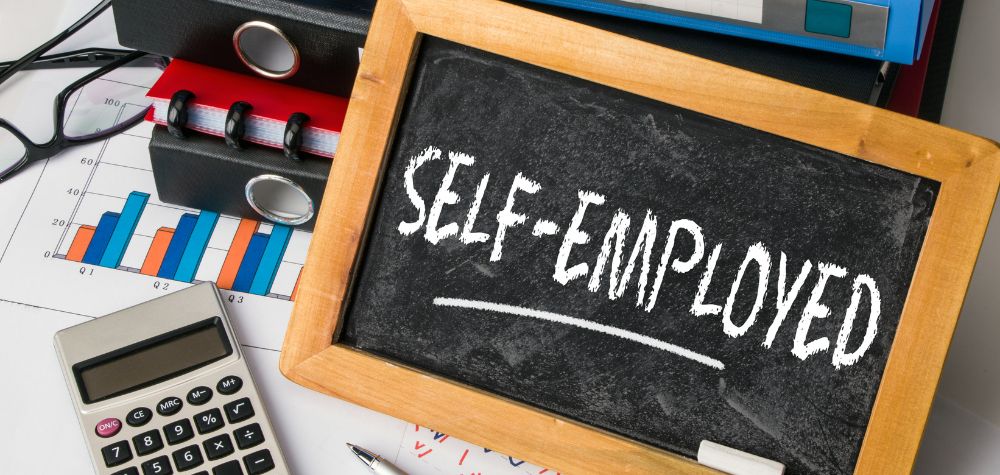
Superannuation may not be the first thing that springs to mind as a self-employed individual, but just like how looking after your tax and business expenses benefits you, superannuation is an important subject to consider.
While you don’t need to pay super to yourself, it might help you feel more secure about your finances during retirement. You can make regular or lump sum payments, can usually claim a tax deduction on contributions, and may be able to save tax.
Contributions you make to your super will only be taxed at 15%. Depending on which tax bracket you fit into, this might be a concession compared to your usual tax rates. Additionally, investing in your super will most likely yield a higher return than if you put your money into a bank savings account.
You may be able to contribute to your pre-existing super fund after becoming self-employed. All you need to do is provide the fund with your tax file number (TFN) so that your contributions can be added to the fund. Alternatively, you can choose a new fund.
There are two ways you can contribute to the fund which are dependent on how you receive income:
If you make contributions to the super fund from your pre-tax income, then you can claim tax deductions for them. Your overall taxable income is reduced as well. Ensure you complete a ‘Notice of intent to claim’ to receive this deduction.
There are limits to the amount of money you can contribute to your super every financial year:
As an example, employers contribute a minimum of 10.5% of an employee’s earnings to their super (since July 2022) – if you are not sure how much to contribute, this could be a starting point.
You claim a tax deduction for your superannuation contribution above what your employer paid, up to the limit (currently $27,500), and will receive a refund of your marginal tax rate. In this example, we’ll say that it’s 34%.
But, your fund pays 15% tax. So if you put in $10,000 into your fund, you should receive a tax refund of $3,400 (34%) cash into your pocket. However, the fund pays $1,500 (15%) in tax, which comes from your contribution.
This 15% will go up to 30% when your adjusted income is above $250,000, but your savings will be 47% instead of 34%.
If you are a low to middle-income earner, then you may meet the eligibility criteria to receive government super contributions. The government will determine how much you are entitled to when you lodge your tax return. If you’re eligible, the government will pay the co-contribution directly to your fund.
Although it may be challenging to make super contributions when self-employed, consider starting off the process so that when you are in your retirement period, you have some financial security.